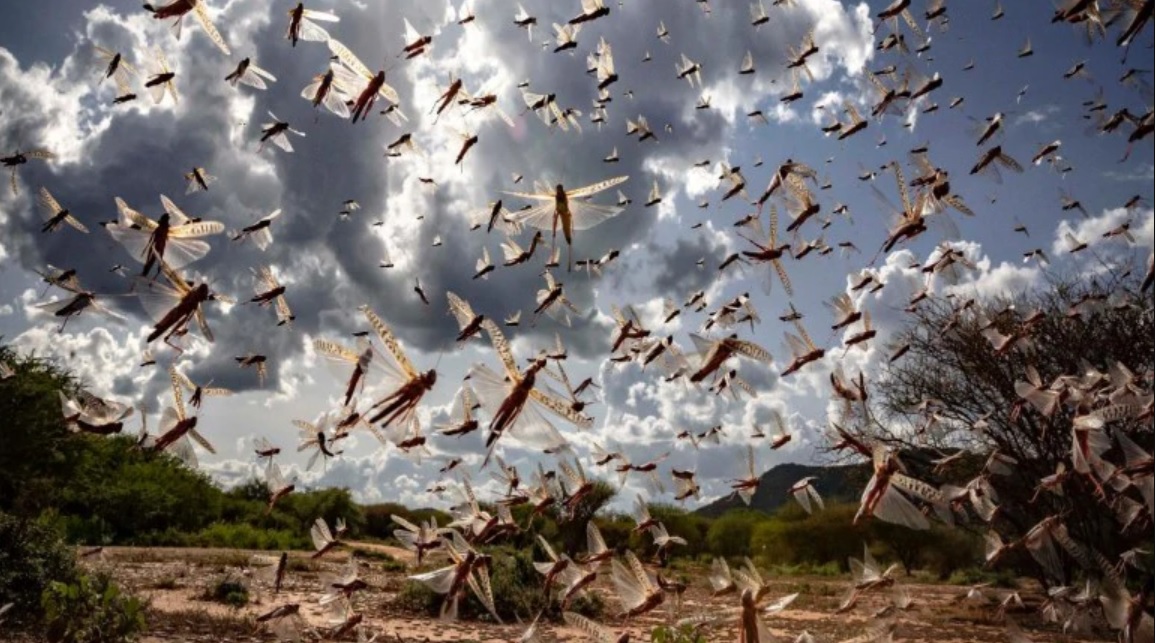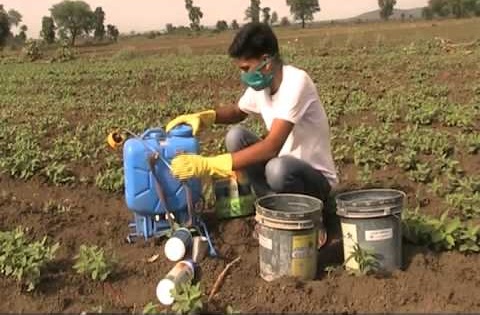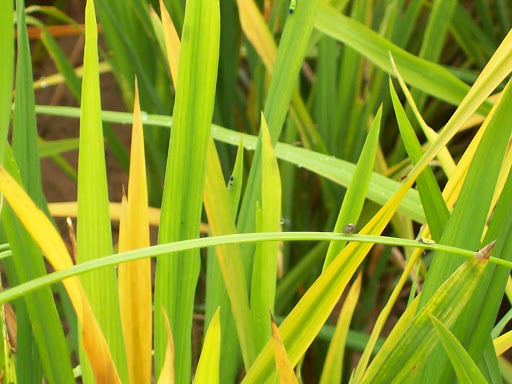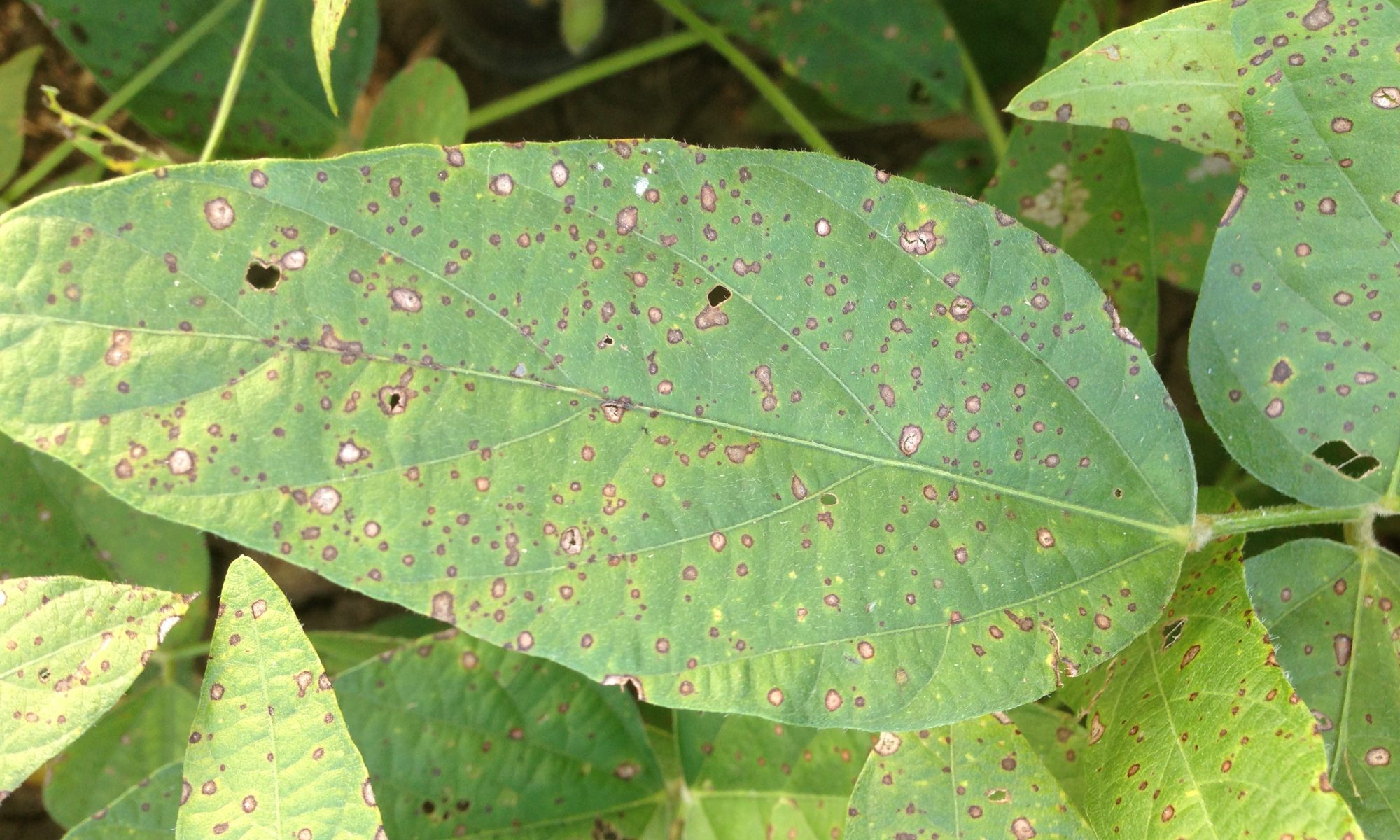The Food and Agriculture Organization (FAO) has asked the country to be vigilant for the next one month regarding the locust attack. The FAO has issued this warning at a time when the country is facing the biggest attack of locusts in the last 26 years. The government is using modern equipment and technologies such as drones and helicopters to control locusts in such situations.
Significantly, the state of Rajasthan located on the western border has been the most affected by the locust attack. Apart from Rajasthan, states like Madhya Pradesh, Punjab, Gujarat, Uttar Pradesh, Maharashtra, Chhattisgarh, Haryana and Bihar have also been affected. A statement issued by the FAO said that after the monsoon rains, the locust of the Indo-Pakistan border from the northern states to the northern states could again return to Rajasthan.
Source: Navbharat Times
Share









